Why LED Light Bulbs Flicker: Common Causes and Solutions
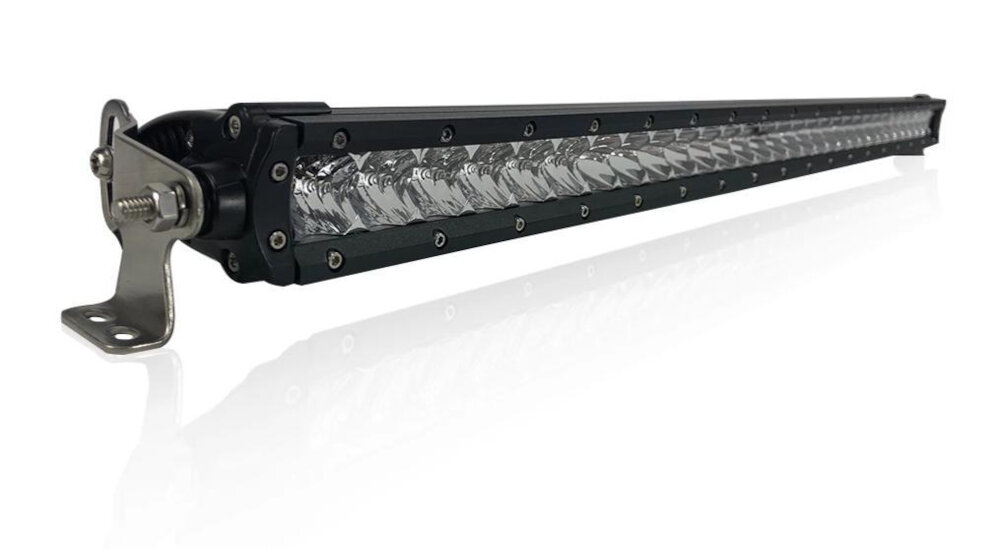
LED light bulbs have become increasingly popular in recent years, replacing traditional incandescent and fluorescent bulbs in homes and businesses alike. While they offer numerous benefits such as energy efficiency and longer lifespan, one common issue that users may experience is flickering. Flickering LED lights can be a frustrating problem to deal with, causing eye strain and headaches, and potentially triggering seizures in those with photosensitive epilepsy. Understanding the causes and solutions to LED light flickering can help you enjoy the benefits of these bulbs without any annoying distractions. There are several reasons why LED light bulbs may flicker, ranging from minor issues to more serious electrical problems. Some of the most common causes of flickering include incompatible dimmer switches, voltage fluctuations, poor quality bulbs or fixtures, and electromagnetic interference. Identifying the source of the flickering is the first step in finding a solution, which may involve replacing the bulb, adjusting the dimmer switch, or consulting an electrician. With the right troubleshooting techniques, you can ensure that your LED lights provide consistent and reliable illumination, enhancing your living or work space.
Voltage Fluctuations
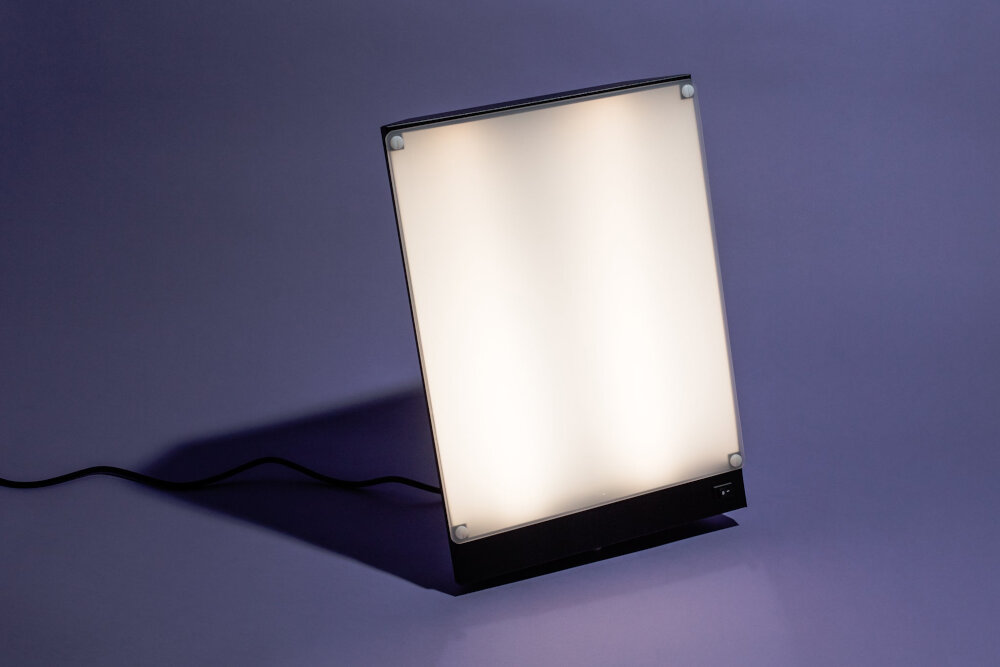
Voltage fluctuations refer to the deviations in the normal electrical supply that can cause flickering of LED light bulbs. These fluctuations in electricity can be caused by various factors, including faulty wiring, poor connections, and a high number of electronic devices connected to the same power source. Voltage fluctuations can also be caused by power outages, lightning strikes, and power surges, which can result in significant damage to LED light bulbs and other electrical appliances. Voltage fluctuations can cause LED light bulbs to flicker, which can be a nuisance and even a safety hazard. This flickering can be caused by the LED’s internal circuitry, which is designed to protect the bulb from voltage surges and fluctuations. However, if the voltage fluctuation is severe, the LED’s internal circuitry may not be able to adjust to the changes, resulting in flickering. To prevent voltage fluctuations from affecting LED light bulbs, it is important to have a stable electrical supply and ensure that the wiring and connections are in good condition. Additionally, the use of surge protectors and voltage regulators can help prevent voltage fluctuations and protect LED light bulbs and other electrical appliances from damage.
Voltage fluctuations can cause LED flickering due to the sensitive nature of LED technology. LED bulbs require a constant and steady flow of electricity to produce consistent light output. However, fluctuations in voltage can disrupt this flow and cause the LED to flicker. This can be caused by various factors such as power grid issues, faulty wiring, or even the use of incompatible dimmer switches. Additionally, LED bulbs may be more susceptible to voltage fluctuations than traditional incandescent bulbs due to their lower power requirements. To prevent LED flickering, it is important to ensure that the electrical system is functioning properly, use compatible dimmer switches, and choose high-quality LED bulbs designed to handle voltage fluctuations.
Voltage fluctuations are a common issue that can cause flickering in LED light bulbs. Fortunately, there are several solutions available to minimize this problem. Stabilizers are one of the most effective solutions to voltage fluctuations. They work by regulating the voltage supplied to the bulb, ensuring a consistent flow of electricity. Another solution is surge protectors, which protect the bulb from sudden voltage spikes caused by lightning or other electrical surges. These devices also help to prolong the life of the bulb by preventing damage from power surges. Both stabilizers and surge protectors are readily available and easy to install, making them an affordable and convenient solution to voltage fluctuations that can cause flickering in LED light bulbs.
Incompatibility with Dimmer Switches
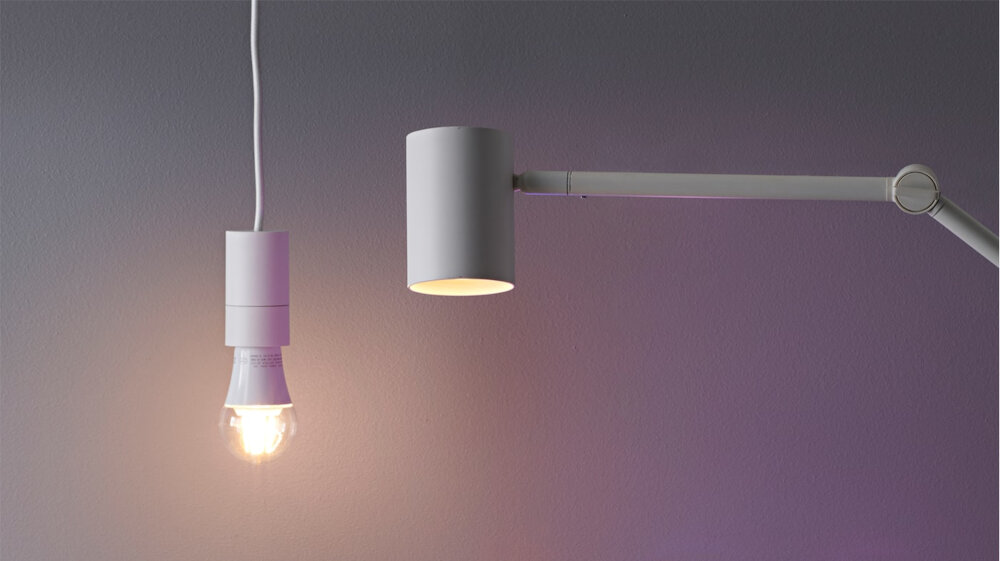
Incompatibility with dimmer switches is a common cause of LED light bulb flickering. Traditional incandescent bulbs work well with dimmer switches because they are designed to operate at a certain wattage. Dimmer switches lower the wattage of the bulb, which in turn reduces the brightness of the light. However, LED bulbs are not designed to work with dimmer switches that are meant for traditional bulbs. LEDs require a constant flow of power to operate, and dimmer switches can cause an inconsistent supply of power, leading to flickering. To avoid flickering caused by dimmer switches, it is important to use dimmer switches that are specifically designed for LED bulbs. These switches are designed to regulate the flow of power to the bulb, ensuring a consistent and constant supply of power. It is also important to make sure that the LED bulbs themselves are compatible with the dimmer switch being used. Some LED bulbs are labeled as \dimmable,\ while others are not. Always check the packaging or product specifications to ensure compatibility. By using the correct dimmer switch and compatible LED bulbs, you can avoid the frustrating and annoying flickering that can occur when using LEDs with traditional dimmer switches.
LED bulbs are becoming increasingly popular due to their energy efficiency and long lifespan. However, some LED bulbs may not be compatible with certain dimmer switches, which can result in flickering or buzzing. This is because dimmer switches work by reducing the amount of electricity that flows to the bulb, which can cause issues with LED bulbs that have built-in components to regulate the amount of electricity they receive. Incompatible LED bulbs may also have a lower voltage threshold than the dimmer switch, resulting in flickering or turning off completely. It is important to check the compatibility of LED bulbs with dimmer switches before installation to ensure optimal performance and avoid potential issues.
One common cause of LED light bulb flickering is incompatibility with the dimmer switch. Fortunately, there are solutions to this issue. One option is to use dimmer switches specifically designed for LED bulbs. These switches are designed to work with the lower wattage and energy consumption of LED bulbs, providing a smooth and consistent dimming experience. Another option is to replace the incompatible LED bulb with one that is compatible with the dimmer switch. It is important to note that not all LED bulbs are compatible with all dimmer switches, so it is important to check compatibility before making a purchase. By using the right dimmer switch or compatible LED bulb, flickering can be eliminated, and a comfortable and consistent lighting experience can be achieved.
LowQuality LED Bulbs
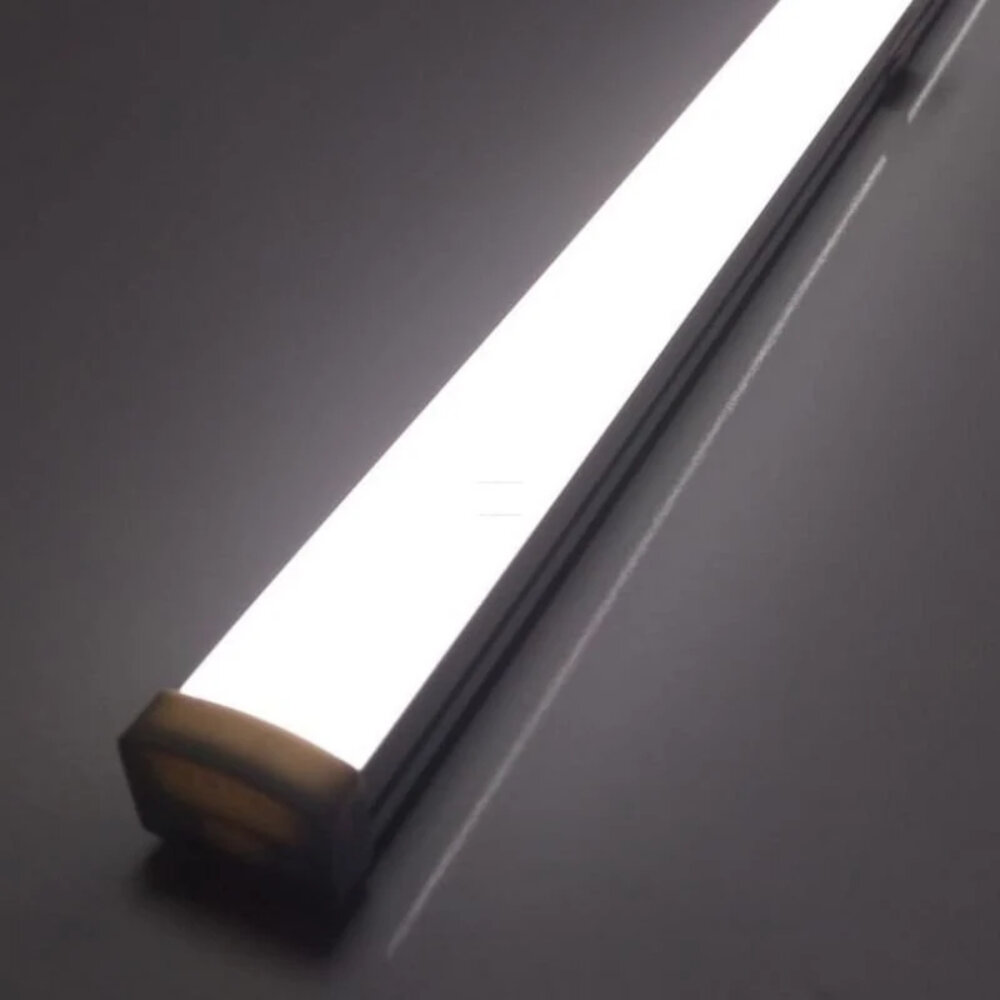
Low-quality LED bulbs can cause flickering due to a variety of reasons. One of the primary reasons is the use of low-quality components in the manufacturing process. These components may be cheaper, but they are often not as reliable as their higher-quality counterparts. As a result, they may not be able to function properly over time, leading to flickering or other issues. Additionally, low-quality LED bulbs may not have proper thermal management, which can cause overheating and other electrical problems. Another issue with low-quality LED bulbs is that they may not be properly designed to work with the electrical system in a given building. This can lead to compatibility issues that cause flickering or other problems. In some cases, low-quality bulbs may also be counterfeit products that do not meet the necessary safety standards. These bulbs may be much cheaper than their genuine counterparts, but they can be dangerous to use and can cause serious electrical problems. Ultimately, the use of low-quality LED bulbs can lead to a range of issues, including flickering, reduced lifespan, and safety hazards. It is important to invest in high-quality bulbs from reputable manufacturers to avoid these problems.
Low-quality LED bulbs can flicker due to inferior components such as cheap capacitors, resistors, and diodes that are not able to handle the high-frequency electrical signals required for LED lighting. These substandard parts can cause voltage fluctuations, which in turn can cause the LED to flicker or even fail prematurely. Additionally, poor design and manufacturing can also contribute to flickering issues. For example, inadequate heat dissipation can cause the LED to overheat, leading to flickering and a decrease in lifespan. Therefore, it is crucial to invest in high-quality LED bulbs from reputable manufacturers to avoid flickering issues and ensure a long-lasting and stable lighting experience.
Low-quality LED bulbs can be a frustrating experience for consumers dealing with flickering issues. Fortunately, there are several solutions to this problem. One of the most effective solutions is to purchase high-quality LED bulbs from reputable sources. Reputable manufacturers use high-quality materials and rigorous testing processes to ensure their products meet industry standards. Another solution is to avoid purchasing bulbs at low prices, as they may be of inferior quality. Additionally, ensuring that the LED bulbs are compatible with the dimmer switch being used can also help to reduce flickering. By investing in high-quality LED bulbs, consumers can enjoy a more reliable and long-lasting lighting experience.
Loose Connections or Wiring Issues
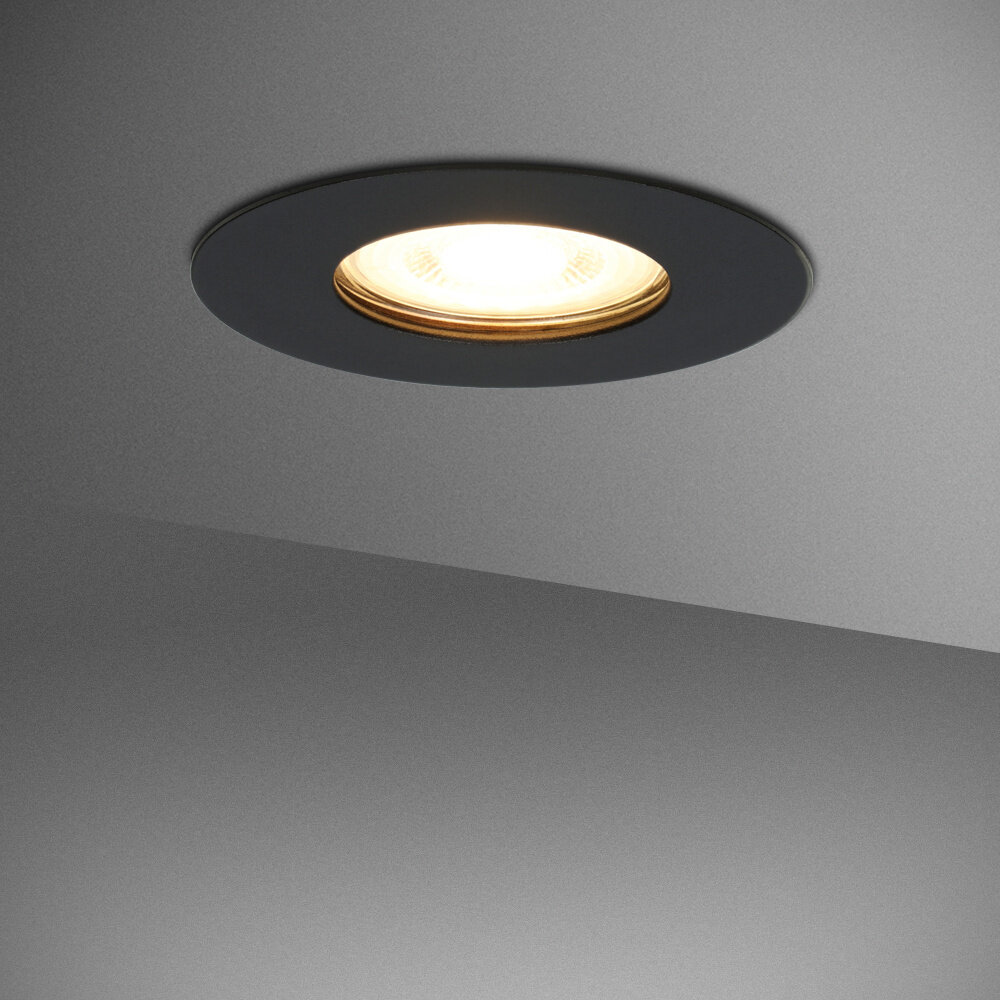
One common cause of LED light bulb flickering is loose connections or wiring issues. When the electrical connection between the bulb and the fixture is not secure, the current flowing through the circuit can fluctuate, causing the bulb to flicker. This can happen for a variety of reasons, such as a loose bulb, a loose wire, or a faulty fixture. In some cases, the wiring itself may be damaged or corroded, leading to intermittent connectivity issues. These types of problems can be difficult to diagnose, as the flickering may occur sporadically or only under certain conditions, such as when the bulb is turned on or off. Fortunately, there are several solutions to loose connection or wiring issues. One of the simplest is to ensure that the bulb is securely screwed into the fixture. If the flickering persists, it may be necessary to check the wiring connections to see if any are loose or damaged. In some cases, it may be necessary to replace the fixture or have a professional electrician inspect the wiring for damage or corrosion. It is also important to ensure that the wiring is properly grounded, as this can help prevent electrical surges that can cause flickering. By addressing these issues, you can help ensure that your LED light bulbs operate smoothly and without flickering.
Loose connections or wiring issues are one of the most common causes of LED flickering. When the electrical current flowing through the wires is not consistent, it can cause the LED light to flicker. Loose connections can occur when the wires are not properly connected to the light fixture or the electrical outlet. This can cause the electrical current to become unstable, resulting in LED flickering. Additionally, wiring issues can also cause flickering. If the wiring is damaged or deteriorating, it can cause the electrical current to fluctuate, leading to LED flickering. Therefore, it is important to ensure that all connections are secure and that the wiring is in good condition to prevent LED flickering.
Loose connections or wiring issues are one of the most common causes of LED light bulbs flickering. These issues can be solved through a variety of methods, such as checking and tightening connections, ensuring that the wiring is properly installed, or hiring a professional electrician to inspect and repair the problem. It is important to remember that loose connections or wiring issues can be dangerous and should be addressed as soon as possible. By taking the necessary steps to resolve these issues, LED light bulbs can function properly and provide reliable and efficient lighting for years to come.
LED light bulbs have become increasingly popular due to their energy efficiency and long lifespan. However, they can sometimes flicker, which can be frustrating and even cause headaches or eye strain. Flickering can be caused by a variety of factors, including voltage fluctuations, incompatible dimmer switches, and loose or faulty connections. Other common causes include electromagnetic interference, overheating, and a lack of proper circuit grounding. To solve these issues, it is important to identify the root cause and take appropriate measures. This may involve replacing dimmer switches, checking connections, or installing voltage stabilizers or surge protectors. By addressing these common causes of LED flickering, you can enjoy the benefits of LED lighting without any unwanted flicker.
Identifying and addressing the cause of LED flickering is crucial for ensuring optimal performance and longevity of LED bulbs. Flickering can be caused by various factors, including incompatible dimmer switches, voltage fluctuations, and improper wiring. If left unchecked, flickering can not only lead to a decrease in bulb lifespan but can also cause eye strain and headaches. By addressing the root cause of flickering, such as replacing incompatible dimmer switches or investing in voltage stabilizers, LED bulbs can operate at their full potential and provide long-lasting, energy-efficient illumination.
Conclusion

In conclusion, LED light bulbs flicker due to a variety of factors such as voltage fluctuations, incompatible dimmer switches, and poor electrical connections. However, by implementing simple solutions such as using high-quality bulbs, ensuring proper installation, and selecting compatible dimmer switches, you can eliminate or significantly reduce flickering issues. It is important to prioritize safety and always consult with a licensed electrician if you are uncertain about any electrical work. By taking these steps, you can enjoy the benefits of energy-efficient and long-lasting LED lighting without the annoyance of flickering.





